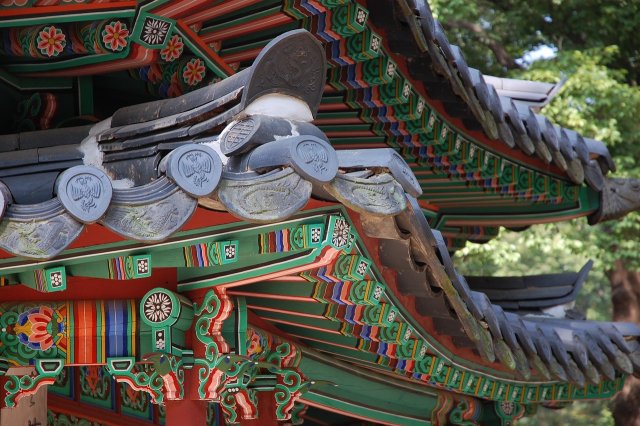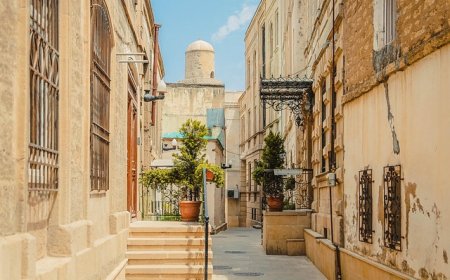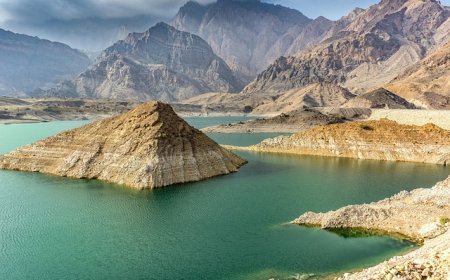South Korea for Students: Geography, Culture, and History of a Modern Asian Nation
Learn all about South Korea’s cities, customs, geography, and history in this student-friendly article for ages 8–16. Includes vocabulary, quiz, and national education standards.

🇰🇷 South Korea: A Land of High-Tech Cities and Deep Traditions
Introduction
South Korea is a small but powerful country located in East Asia on the southern part of the Korean Peninsula. Known for its high-tech cities, pop music (K-pop), and ancient palaces, South Korea is a country where the old and the new come together in amazing ways. Although it is smaller than many other countries, it has become one of the world’s most advanced and creative nations.
Whether you’re walking through the busy streets of Seoul, visiting ancient temples, or watching a traditional Korean dance, South Korea offers a fascinating mix of innovation and tradition. It is also famous for its delicious food, strong education system, and exciting entertainment industry.
Geography and Landscape
South Korea shares a border with North Korea to the north and is surrounded by the Yellow Sea, the East China Sea, and the Sea of Japan (also known as the East Sea). The country is mostly mountainous, especially in the eastern and central areas. These mountains provide scenic hiking spots, colorful autumn views, and ski resorts during winter.
The west and south coasts are home to flatlands, cities, and farmland. Many rivers flow through South Korea, with the Han River running through its capital, Seoul. The country also has more than 3,000 islands, including Jeju Island, a popular vacation spot with volcanic landscapes, beaches, and waterfalls.
South Korea experiences four seasons. Winters are cold and snowy, while summers are hot and humid. Spring and fall are mild and are popular times for festivals and outdoor activities.
Cities and Regions
South Korea is divided into provinces and special cities. The capital, Seoul, is one of the largest and most connected cities in the world. It’s known for its skyscrapers, shopping, entertainment, and advanced technology. Yet, even in busy areas, you can find peaceful places like the Gyeongbokgung Palace and traditional neighborhoods with hanok (old Korean houses).
Busan is South Korea’s second-largest city and is located by the sea. It is famous for its beaches, seafood markets, and international film festival. Incheon, near Seoul, is known for its massive airport and high-tech neighborhoods. Daegu, Gwangju, and Daejeon are other major cities with their own cultural festivals, universities, and industries.
Each region has its own food, dialect, and style of celebrating holidays, which gives visitors and locals many ways to experience the country’s unique personality.
People, Language, and Culture
The people of South Korea are known for being respectful, hardworking, and community-focused. The official language is Korean, and the writing system is called Hangul. Hangul was created in the 15th century and is known for being logical and easy to learn. Many young people also learn English in school.
Family is important in South Korea, and there is a strong tradition of respecting elders. Students work very hard in school, and education is a major part of daily life. In fact, South Korean students often attend extra classes, sometimes even in the evenings.
Traditional Korean culture includes music, dance, art, and festivals. People still wear hanbok, a traditional outfit, on special days. While most South Koreans live modern lives, they often celebrate ancient customs during holidays like Chuseok (Korean harvest festival) and Seollal (Lunar New Year).
South Korea is also famous for its modern pop culture. K-pop music groups, Korean dramas, and video games are loved by fans all around the world. This cultural wave, called the “Korean Wave” or “Hallyu,” has made the country a major player in global entertainment.
Food and Daily Life
South Korean food is flavorful and often spicy. Most meals include rice, vegetables, and meat, with many dishes served with kimchi, a fermented cabbage dish seasoned with chili and garlic. Kimchi is so important to Korean meals that it's often eaten every day.
Popular dishes include bibimbap (a rice bowl with vegetables and egg), bulgogi (sweet grilled beef), and tteokbokki (spicy rice cakes). Meals are often served with many small side dishes called banchan, and people eat with chopsticks and spoons.
In daily life, most families live in apartments in large cities. South Koreans enjoy going to parks, shopping centers, karaoke rooms, and cafés, which are very popular for studying, relaxing, or hanging out with friends. People often take weekend trips to the mountains or beaches.
Technology is a big part of daily life. South Korea has some of the fastest internet in the world, and even small towns are well connected. Many services, like ordering food or taking the train, are done using smartphones.
History of South Korea
The Korean Peninsula has been home to powerful kingdoms for thousands of years. The Three Kingdoms period—Goguryeo, Baekje, and Silla—began more than 1,500 years ago. These kingdoms left behind ancient tombs, temples, and art. Later, the Joseon Dynasty ruled for over 500 years and helped shape Korea’s language, culture, and government.
In the early 1900s, Korea was occupied by Japan until the end of World War II in 1945. After that, the country was divided into North Korea and South Korea, leading to the Korean War (1950–1953). The war ended with a ceasefire, not a peace treaty, so the two Koreas are still technically at war and are separated by a heavily guarded border.
Since the 1960s, South Korea has developed quickly, becoming one of the world’s strongest economies. Once a poor farming nation, it is now known for exporting electronics, cars, and music.
Nature and Environment
Although many people live in cities, South Korea values its natural beauty. The country has national parks, mountains, and rivers that are used for hiking, biking, and enjoying the seasons. Wildlife includes deer, wild boars, bears, and a variety of birds.
South Korea also has beautiful coastlines and islands. Jeju Island, the country’s largest island, is famous for its lava tubes, beaches, and unique culture. The country has made efforts to protect its environment by planting trees, building eco-friendly buildings, and improving air quality in cities.
Because the country is small and mountainous, protecting nature is important for keeping clean water, fresh air, and safe homes for both people and animals.
Vocabulary List
| Word | Definition |
|---|---|
| Hangul | The Korean alphabet, created in the 15th century |
| Kimchi | Spicy, fermented cabbage that is a staple of Korean meals |
| Hanbok | Traditional Korean clothing worn on special occasions |
| Banchan | Small side dishes served with Korean meals |
| Chuseok | Korean harvest festival, similar to Thanksgiving |
| K-pop | Korean popular music known around the world |
| Korean Wave (Hallyu) | The global popularity of Korean music, TV, and movies |
| Seoul | The capital and largest city of South Korea |
👧🧒 Kid-Friendly Summary
South Korea is a small but exciting country in Asia. It has mountains, beaches, and fun cities like Seoul. People speak Korean and use a special alphabet called Hangul. They eat tasty food like rice, spicy kimchi, and barbecue.
Kids in South Korea work hard in school and enjoy music, games, and cool cafés. People also celebrate holidays with food, traditional clothes, and dancing. South Korea is a mix of fast technology and old traditions, all in one amazing place!
🧠 Interactive Quiz: What Do You Know About South Korea?
1. What is the capital of South Korea?
A) Seoul
B) Tokyo
C) Beijing
D) Busan
2. What do South Koreans often eat with meals?
A) Pancakes
B) Kimchi
C) Burgers
D) Pizza
3. What is Hangul?
A) A mountain
B) A song
C) The Korean alphabet
D) A clothing brand
4. What is K-pop?
A) A food
B) A holiday
C) A music style from Korea
D) A type of clothing
5. What is Chuseok similar to?
A) Valentine’s Day
B) Halloween
C) Thanksgiving
D) New Year
6. What is the Korean Wave also called?
A) K-food
B) Hallyu
C) Gyeongbok
D) Seoul Song
7. What is Jeju Island known for?
A) Cold weather
B) Forest fires
C) Volcanoes and beaches
D) Snow festivals
8. What is a hanbok?
A) A type of Korean house
B) A Korean dessert
C) Traditional Korean clothing
D) A sports game



















































